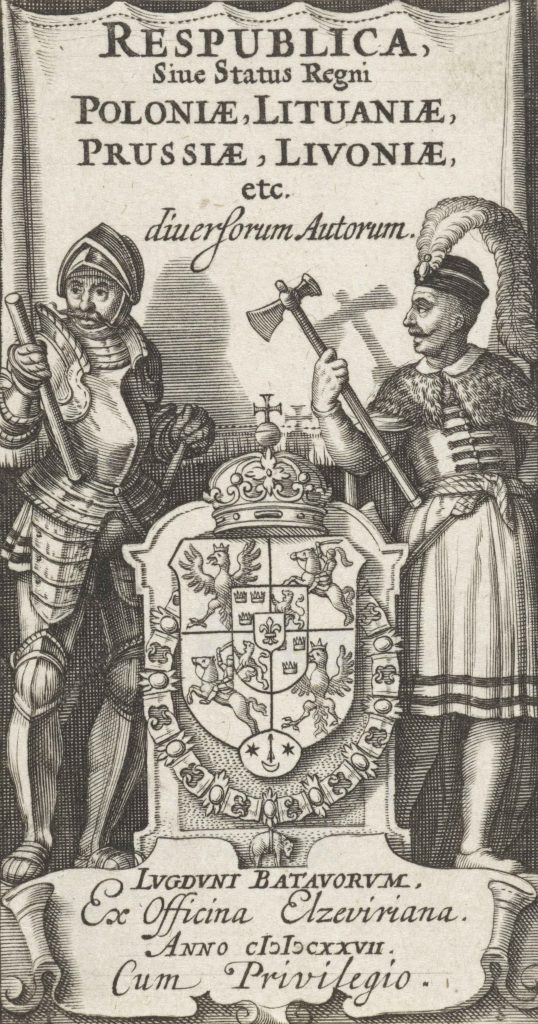On 13 October, I presented a paper at the yearly Huizinga conference for PhD candidates. Due to the pandemic, the conference was held entirely online. My paper was entitled Familiar Foreigners. Poles through Dutch Eyes in the Seventeenth Century.

I discussed work in progress on the different ways in which the Dutch during the seventeenth century imagined the Polish people. Firstly, I analysed a variety of Dutch visualisations of ‘Poles’ and ‘Polishness’, ranging from engravings to gable stones and from paintings to ‘Polish’ stage costumes. While such representations were partly based on reality, a comparison with Dutch portraits of real Poles shows how these could break the mould. For whereas a Pole’s appearance was typically associated with the exoticism of the orient, and hardly differed from his Hungarian, Russian, or even Turkish counterparts, depictions of individuals could deviate from this pattern, as Poles navigated between ‘Eastern’ and ‘Western’ guises.
Secondly, I used several poems, travel accounts, and other sources to reconstruct the ways in which Dutch authors imagined Polish characters and customs. Typical Poles were identified as Sarmatians, a bellicose, brutal, and barbaric people, whose backward nature was shaped by the cold climate and severe living conditions of their homeland. However, these negative notions are challenged by several other sources, mainly Latin poems by Dutch authors in honour of their Polish friends. These compositions reveal that, despite the stereotypes, Dutch poets maintained and celebrated warm relations with Polish individuals in a variety of contexts, from scholarship to warfare to religion. Together, the visual and textual source material demonstrates that, through seventeenth-century Dutch eyes, Poles were familiar foreigners.